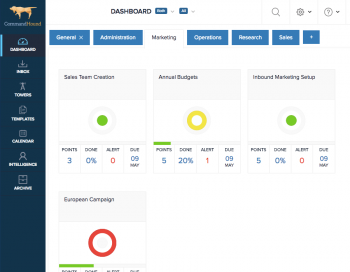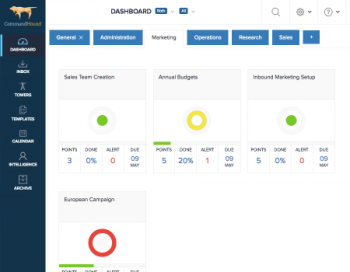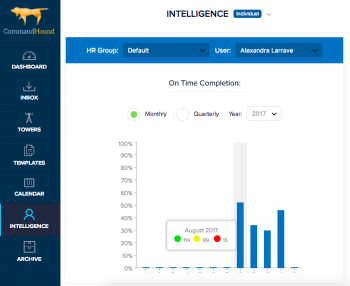When business owners and corporate leaders get together, it doesn’t take long for them to bring out the war stories of the difficulty of managing and retaining millennial employees.
We’ve all heard the complaints — They feel entitled to promotion regardless of the quality of their work. They have no loyalty. Their work ethic is sub par. Blah. Blah. Blah.
Insights: Management
Have you ever taken a short break at work to read an article online and accidentally fallen into an internet rabbit hole, only to emerge an hour later, praying that no one noticed how disconnected you were from your work?
First, let’s agree that meetings are a reliable and efficient way to get teams aligned behind a common objective or goal. Let’s also agree that, if not carefully managed, meetings can quickly unravel into a massive waste of time.
We live in a world that measures everything. A world that tells us that metrics are important. However, we often fall on the trap of measuring and reporting on things that are either not useful or not used by anybody.
So, what happens when you have defined clear roles and responsibilities, expectations, compensation structures, performance tracking, and your efforts to develop a culture of accountability begin to take hold? It is time to act.
The short answer is, definitely. Why? Mostly to protect the founders from themselves.
Making the transition from being an entrepreneur-led business to one that operates as an “institution” is not easy. A business that deals with everything that comes their way in a reactive, ad-hoc, team-based manner is not scalable. So, start with clearly defining and communicating a function-based org chart that nicely follows your value-chain.
It is well understood that growing a business requires people. If you want to grow a business fast, therefore, you have to source, filter, and hire of a lot of people very quickly. Identifying the right people, with the right capabilities, and the right cultural fit when the hiring engine is in overdrive requires a special set of safeguards.
Executives, decision makers, and management in general have a finite amount of “Management Attention Units” (MAUs). So, what are MAUs anyway? We use this general term to refer to time used by management to carry out core supervisory duties. Management’s time – a very valuable and finite commodity.
Escalation is a very powerful tool to make sure things get done at work. However, it should be used carefully and judiciously.







